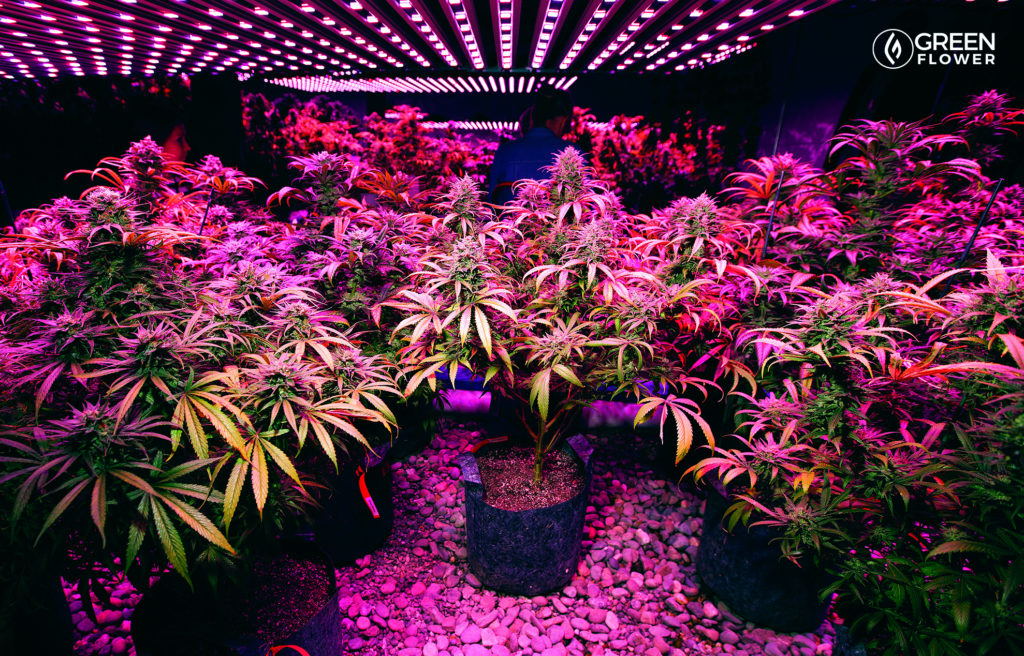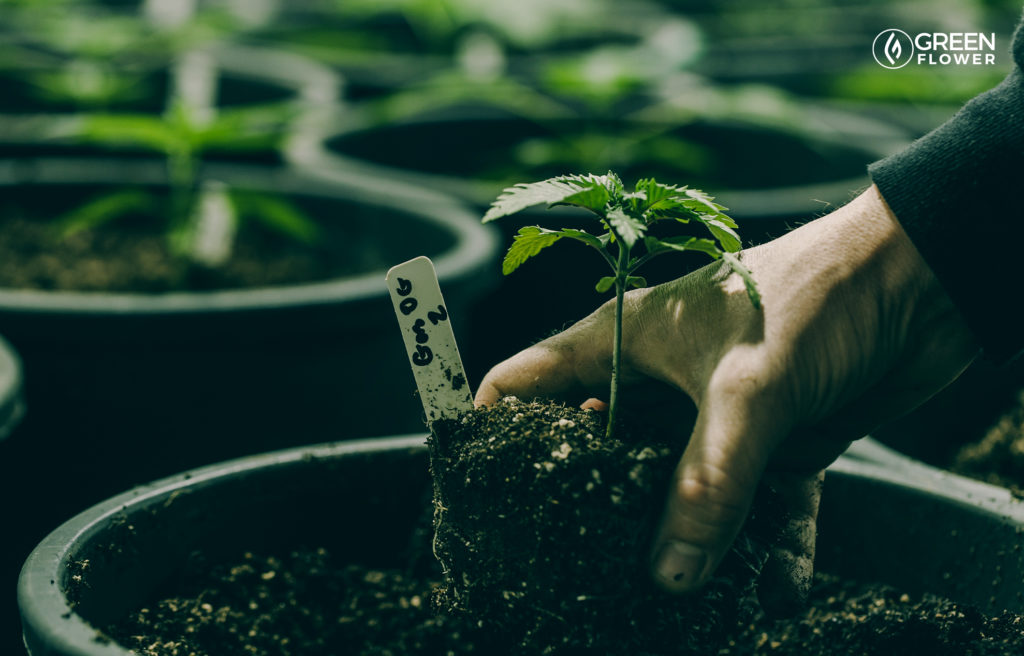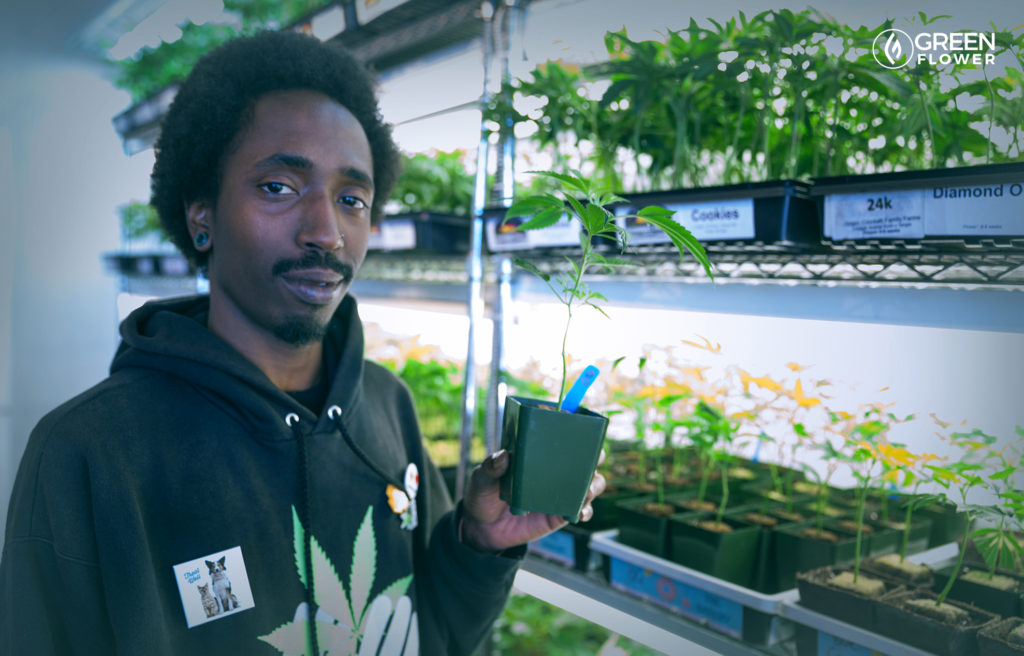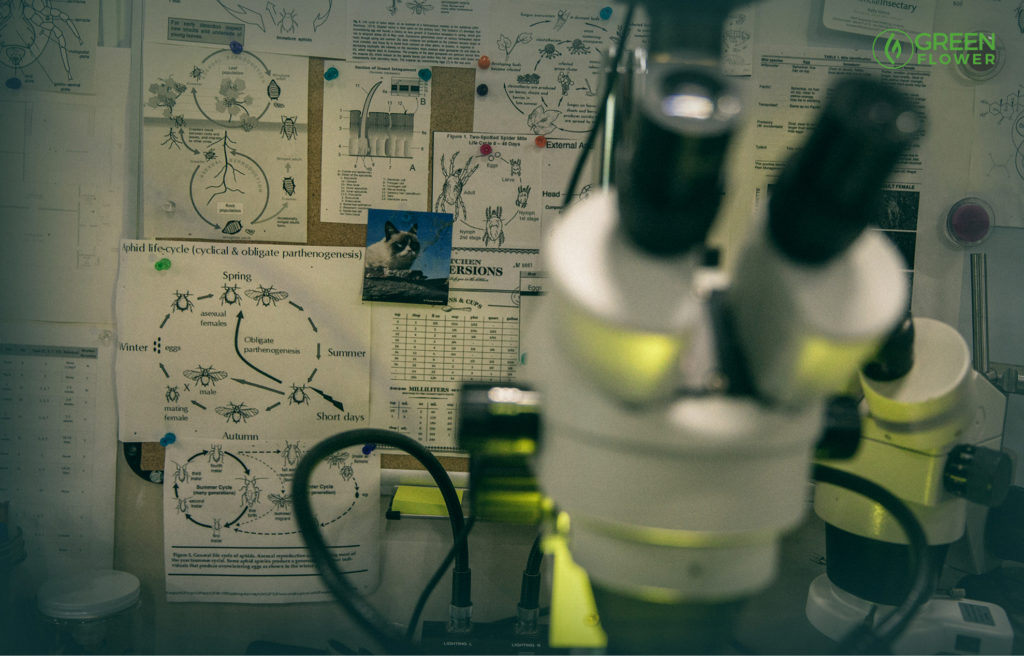Cannabis enthusiasts in an increasing number of states are becoming eligible to cultivate their own cannabis, whether it be for medical or adult-use purposes. Most legal adult-use states permit growing cannabis outdoors and indoors, and many legal medical states do as well in certain situations.
The new public policy provisions regarding permitted cannabis cultivation are generating increased interest among consumers and patients, with many presumably feeling ready to take the deep dive into the world of cannabis cultivation for the first time.
Cultivating your own cannabis comes with many benefits including saving money and being able to control what goes into your cannabis. Cannabis cultivation is a truly fun hobby because the cannabis plant is so beautiful and grows relatively quickly compared to other crops.
Every new cannabis cultivator has to start somewhere, and for indoor growing in particular, you have to acquire the necessary equipment in order to build a suitable indoor garden — far more equipment than cultivators who grow cannabis under the sun. Below are factors and items that indoor cultivators will need to consider and/or acquire before they start their gardens.
Hydroponic vs. Soil
The first thing every indoor cannabis cultivator needs to consider is the method of cultivation they will incorporate into their gardens, with hydroponic and soil being the most common methods. Indoor hydroponic gardens require more equipment compared to indoor soil gardens, such as pumps, pipes or hoses, a water reservoir, and connectors. Those items serve to keep water circulating in the hydroponic system.
Hydroponic cannabis gardening is not nearly as popular as it was in decades past. Hydroponic gardens have some benefits over soil gardens, not the least of which is a quicker harvest. However, the additional equipment cost combined with limited organic nutrient options has resulted in many cultivators choosing to go the soil route.
If you are a beginner cannabis cultivator, it is recommended that you avoid hydroponic cannabis cultivation setups, at least at first. The soil method is much more forgiving when it comes to recovering from mistakes, and it requires less time and effort to set everything up. After a newbie cultivator succeeds with soil, and they still want to cultivate hydroponically, they will be better suited to make that leap.

Building A Suitable Space
The goal of building a suitable indoor cultivation space is to mimic ideal conditions in nature. Cultivators will want to keep the room at a certain temperature, keep the humidity at an ideal level, keep bugs and disease out as much as reasonably possible, and control the amount of light that enters the indoor garden area.
Common indoor spaces typically include closets, spare bedrooms, basements, attics, sheds, and garages. Regardless of the type of indoor garden space you have at your disposal, you will want to clean the space thoroughly, seal it as much as possible so that no air can get in or out except through the door to the space or through an intake/exhaust fan, and help ensure that light is reflected as much as possible.
For the light reflection part of the operation, you can use mylar which can be found at most indoor garden supply stores or online. Many home repair stores like Home Depot or Lowe’s also carry styrofoam particle boards that have reflective mylar attached to them, which is a great option because not only is it reflective — it’s also very easy to work with and cut into sections.
Painting the floor with a bright white paint is another good move to increase light reflection, although it can become less-bright over time as the space gets used. An indoor cannabis garden can use quite a bit of electricity, so ensure ahead of time that you have enough electrical power going to the indoor garden space to power all of the equipment listed in this article. Surge protectors are a must for every indoor cannabis garden.
Temperature & Air-Flow
One of the most important factors that goes into building a suitable indoor cultivation space is maintaining an ideal temperature of about 70 degrees Fahrenheit. If temperatures get too hot (over 80 degrees Fahrenheit) or too cold (below 60 degrees Fahrenheit) that’s when disaster strikes. Also, if temperatures fluctuate from hot to cold too often, it can create a breeding ground for disease.
Your indoor cannabis plants will want fresh air constantly being pulled into the room via an intake fan, and hot air being removed from the indoor space via an exhaust fan. Ideally, the intake fan and exhaust fan would pull/push air outside rather than into another room next to the garden space. An indoor garden also needs standard indoor house fans constantly moving air around in the indoor garden space. Stagnant air also creates a breeding ground for disease.
If you live where the temperature is high you will obviously need to incorporate air conditioning. Conversely, if you live where the temperature gets cold you will likely need to incorporate some type of space heater. The ultimate goal is to keep the air moving throughout the room and keep the temperature as consistently at or near 70 degrees Fahrenheit as much as possible.

Lighting
Another extremely important factor that goes into building a successful indoor cannabis garden is lighting. It will also be some of the most expensive gear that is required for an indoor garden. Several companies make indoor garden lighting, with the most common types of lights being LED grow lights and high-intensity discharge (HID) lights. HID lights involve a ballast, bulb, and hood, and come in three varieties — metal halide (used for the ‘veg’ stage), high-pressure sodium (used for the ‘flower’ stage), or a hybrid model that incorporates both for multiple parts of the plant’s life cycle.
LED lights have three very clear advantages over HID lights — they create nearly zero heat, they do not require expensive bulbs like HID, and they require less power. With that being said, HID lights are associated with better yields and are less expensive on the front-end compared to LED lights. Which route you decide to go is a personal decision, however, make sure that it’s a decision that is well-researched. The last thing that you want to do is to have to buy a second set of lighting given how much indoor lighting costs.
Mounting lights is something that is often overlooked when it comes to indoor cannabis gardens. Many indoor cultivators don’t even think about it until the room is built, however, it’s something that needs to be thought about methodically. Typically, one grow light for every 4 square feet of a garden is recommended. Make sure that you have strong studs or beams to accommodate the hooks that the lights will hang from. Cultivators will need plug-in timers to control when their indoor lights go on and off, and possibly some extension power cords depending on the size of the room and where plug-ins are located.
One way to get more out of your grow lights is to buy light moving tracks. Light movers involve aluminum tracks that are fastened to the room’s ceiling and a motor that moves along the tracks to move the lights back and forth. It’s certainly not required, and can actually be a bit of a pain setting them up to ensure that there’s enough power cord and that the cords don’t move back and forth on the plants. With that being said, it’s something that many successful indoor cultivators incorporate into their gardens.

Containers, Soil, Water, & Nutrients
Once the ecosystem is in place, it’s now time to figure out what types of containers you want for your plants. At the most basic level, the general rule is that the larger the container, the larger the plant.
You will presumably start out with cannabis seeds or clones, however, you will eventually have to transplant the cannabis plants into larger containers. If your space is small you can probably get by with 5-gallon containers, however, if you have a large indoor space the 10-15 gallon containers may be a better route to go. Fiber pots are ideal, although plastic containers will also work.
The type of soil that you use is really important. In a perfect world you would prepare soil ahead of time, using proven blends of organic inputs, often referred to as ‘super soil.’ Properly prepared super soils require little to no nutrients during the life cycle of the cannabis plant. In a less than perfect world, a nutrient-rich organic bag soil will do the trick, although you may need to provide more nutrients to the soil over time.
The water source that you use is extremely important since it will be the main feeding source for your plants. Many municipalities treat their water with all types of additives, including chlorine. Make sure to research your local water source and test its pH level and adjust it with additives as necessary.
When it comes to nutrients, there are many, many different routes that you can try. The best thing to do, if possible, is to find someone with experience cultivating the same genetics you want to cultivate, and if they are succeeding, start out with their nutrient recommendations. Always be cautious when researching nutrient products because the claims involved can be extremely unrealistic. Just because a nutrient line is more expensive does not mean that it is necessarily better. Conversely, if a nutrient line seems too good to be true, especially from a cost standpoint, it likely is too good to be true.

Genetics
At this point, the indoor cultivation space is basically ready for planting, which is one of the most exciting times for an indoor garden endeavor because you get to choose your genetics. A lot goes into picking the ideal strain(s) for a particular garden space, although options can obviously be limited in many areas.
If your indoor garden space has a low ceiling, then an indica strain is best. If you have room for the plants to get fairly tall (up to 7 feet) then sativa strains are also an option. Keep in mind that the ceiling also needs to have lights hanging from it, and you will want to leave at least a couple of feet in between the tops of the lights and the ceiling to avoid any potential fire hazards, especially with HID lights.
Some strains can become particularly wide even if they are not very tall, and that is another consideration to take into account. You want to leave enough space around the plants to maneuver and avoid having leaves or branches pressed up against walls, which can create a breeding ground for disease.
Also, obviously, personal preference is a big factor. If you have a particular strain that you know you can acquire, you know that you love it, and you really want to cultivate it, then trust that you can always manipulate the plant to being smaller by ‘topping’ the plant, bending the branches in a certain direction (to some extent), and shortening the time that the plant(s) are in the vegetative stage.

Bugs, Disease, Bells, & Whistles
No matter how experienced a grower becomes, or how buttoned-down a grow room seems, there’s always the potential for bugs and disease. It only takes one bug entering the room on a piece of clothing or one mildew spore entering through an intake fan to create problems. The best approach is to be proactive by keeping the grow space as spotless as possible and getting out in front of any bug or disease issues. Keep organic bug repellent handy and other pest controls around such as sticky pads for aphids, as well as organic disease controls such as neem oil. Treating plants in a limited fashion with organic controls even when there aren’t any bugs or disease present is a solid move, and at the first sign of any bugs or disease, quickly increase the frequency of the treatments. Incorporating a dehumidifier will go a long way to prevent powdery mildew, which can be extremely difficult to overcome when it takes hold in a garden space.
The sky is virtually the limit when it comes to the types of bells and whistles that can be incorporated into an indoor cannabis garden. They are nice to have yet not particularly essential. If you want to win a cannabis cultivation competition or harvest a record amount of cannabis from a plant those ‘extras’ will be needed. However, to knock out a solid harvest of quality cannabis doesn’t necessarily require things like CO2, additional specialty lighting, odor control, or other specialty devices that are often promoted at indoor garden stores. If you have the extra money, feel free to go for it. If you are cultivating on a budget, you can always add those items down the road.
Continuing Your Education
Cultivating cannabis is a never-ending educational journey. Even the most experienced cannabis cultivators will be quick to tell you how they are always learning and seeking out cultivation information.
A great way to learn more about the cannabis cultivation process from seed to harvest is via Green Flower’s Cannabis Cultivation Certificate Program. The program is led by true cultivation experts and involves insightful course materials. If you are looking to increase your cultivation knowledge, this is a great way to do it!


1 comment
Thank you for your article. I am researching how to grow cannabis at home. I would like to spend the money to get an entire kit with everything needed from start to finish. What kits do you recommend? Also where do I buy seeds?
I am planning to wait until AZ passes the recreational use laws this November and it will be legal to grow up to 6 plants. I expect it to pass this time so I want to be ready to order when it does.
Thank you,